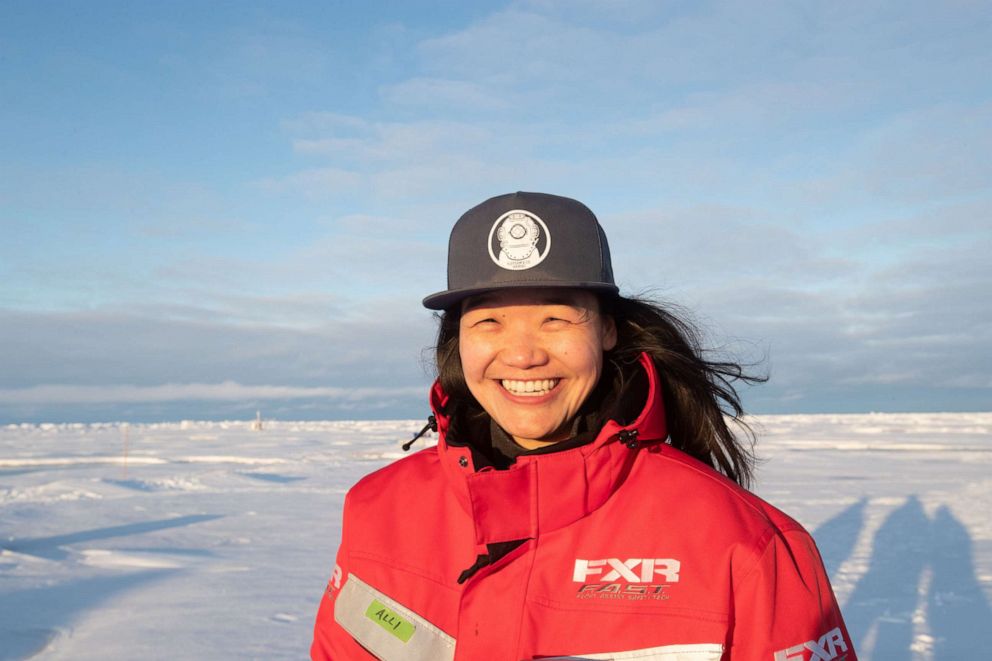Ocean Chemistry and Productivity with Dr. Allison Fong, Part 2 of 2
In this specific lesson, Dr. Allison Fong discusses Arctic ice melt and what this means for the surrounding biological environment. You'll ponder the question: Will the Arctic be net primary productive or will it ultimately be a source of carbon?
This video is part of a collection called “Frozen in the Ice: Exploring the Arctic,” offered through the online course platform Coursera, about the extraordinary MOSAiC Arctic research mission that has frozen an icebreaker into the Arctic Ocean, where it will drift for 13 months (mosaic-expedition.org).

